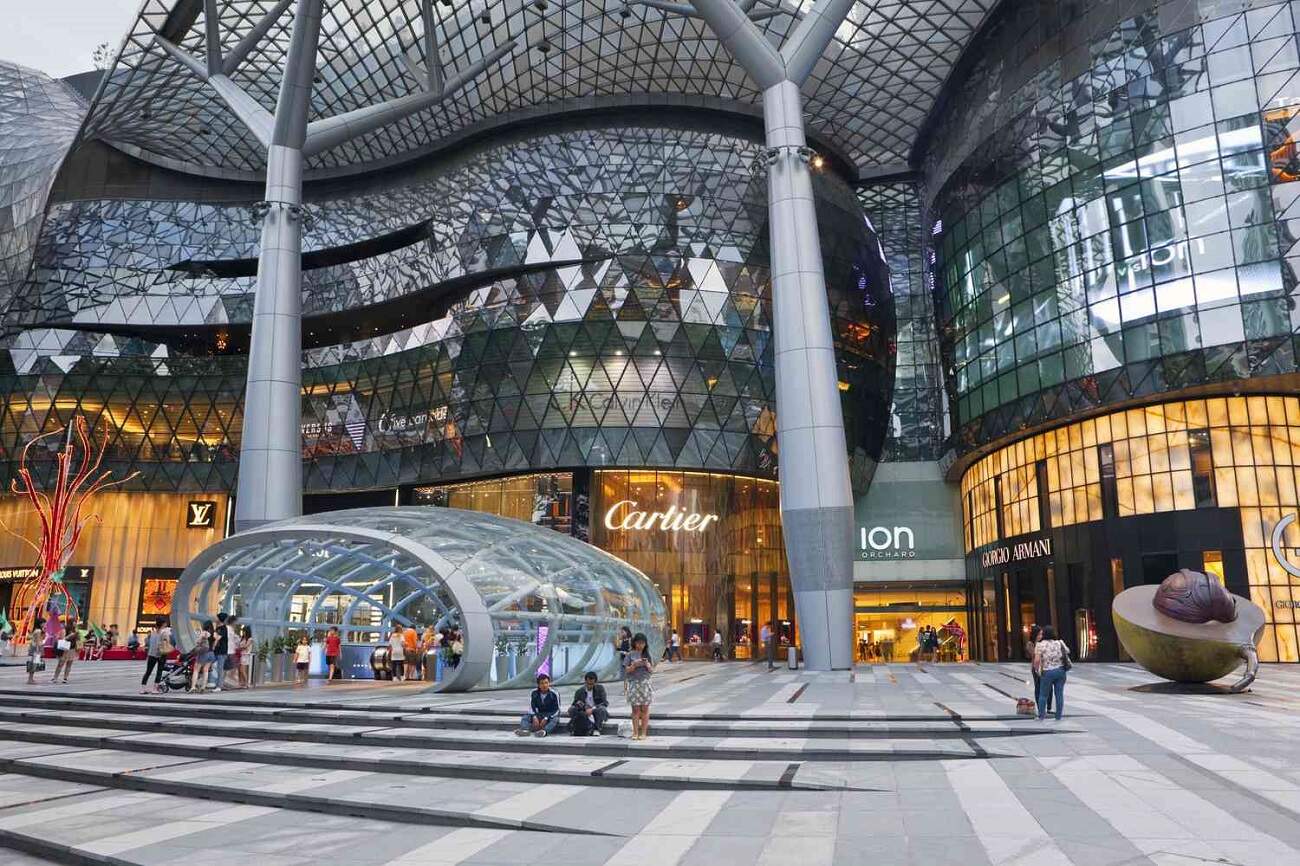Reading the end-of-the-year wrap-ups for the luxury market in Asia may feel like a downer at first. China, once the biggest and most reliable market in the region, seems to have stalled. India, once seen as the next big market, turned out to be tougher for high-end brands to break into than previously thought.
Even so, the market forecast for luxury brands in Asia isn’t completely bleak. Current statistics show that the markets for watches, jewelry, and fashion continue to grow in the region, and despite a few micro-trends toward “luxury-shaming” in the region, brands still find ways to remain relevant for the new generation of luxury consumers.
Experts agree that Southeast Asia is a growing market for luxury goods. Find out why in The Rising Market for Luxury in Southeast Asia.
How Luxury Brands Can Continue Their Growth in The Asian Market
Based on their experience in the region, more luxury brands are finding better means to stay resilient and maintain growth in the Asian market. Some of these strategies are being employed to build customer confidence and brand reputation, not just in Asia but for the rest of the world.
1. Returning to Core Values
If there’s anything we can learn from Chanel’s search for their new Artistic Director, it’s the realization that brands need to take back consumer confidence by assessing and returning to their core values. In Chanel’s case, they found in Matthieu Blazy an artistic director who believed in fine craftsmanship, which Chanel customers always look for in their products.
Whether they’re returning to the mandates of the brand founders or giving control back to creatives, luxury brands need to remember the core values that endeared them to their loyal customers—values that cannot be “duped” by fast fashion and counterfeiters. This is especially true in an Asian market with growing skepticism toward big luxury brands.
2. Forging Reliable Partnerships
One of the reasons that luxury brand executives give for not being able to enter the Indian market is the inability to find reliable retail and business partners to establish the brand, either on the ground or online. In contrast, LVMH found in Alibaba and Jack Ma a valuable partner in establishing online storefronts in China with the potential for high-tech innovation.
Whatever the reason, luxury brands are always on the lookout for any partner that understands the original mandate of the brands and is willing to work with the brand in providing their offerings to new markets.
3. Engaging with Local Markets
Opening a flagship store in a new country or market is no longer enough; brands still need to engage with the culture of the consumers to make themselves relevant to the countries that they’re in. Whether they’re offering products exclusive to the market or entering creative collaborations, luxury brands are finding innovative ways to reach their markets.
Louis Vuitton is one example of a brand with a creative approach to collaboration in their local markets. LV first collaborated with the Tourism Authority of Thailand to create the City Guide Bangkok in 2015, and since then the brand has worked with TAT and other Thai creatives to cross-promote events and luxury experiences.
4. Diversifying Offerings
One global strategy that brands have started to explore is the reintroduction of product lines for different price points. Swarovski is one example of a luxury brand employing the strategy, as they have segmented their jewelry collection into various tiers that target different profiles based on price.
Luxury brands can also consider reintroducing secondary or diffusion lines to serve the same high quality to different customers at different price points. Think of enduring lines like Armani’s Emporio Armani or Prada’s Miu Miu, which appeal to segmented audiences within the same luxury market.
Market segmentation can be a good strategy to determine the changing priorities of luxury buyers. For more insight, check out What It Truly Means to Live a Luxury Lifestyle.
Looking Beyond The Forecast for Luxury in Asia
The strategies employed by luxury brands to enter and remain in the Asian market serve as lessons for the industry worldwide. Innovation is not enough; it’s also important to remember the qualities that brought loyal customers to invest in the brand.
At a moment when “quiet luxury” is having a moment in Asia, a return to a brand’s core values is a lesson worth learning, along with finding valuable partners and looking at new ways to reach relevant audiences. These lessons may prove valuable to winning back consumers that are willing to put higher premiums on quality goods.
Read more stories about Business.
–
Featured Image by TripSavvy














